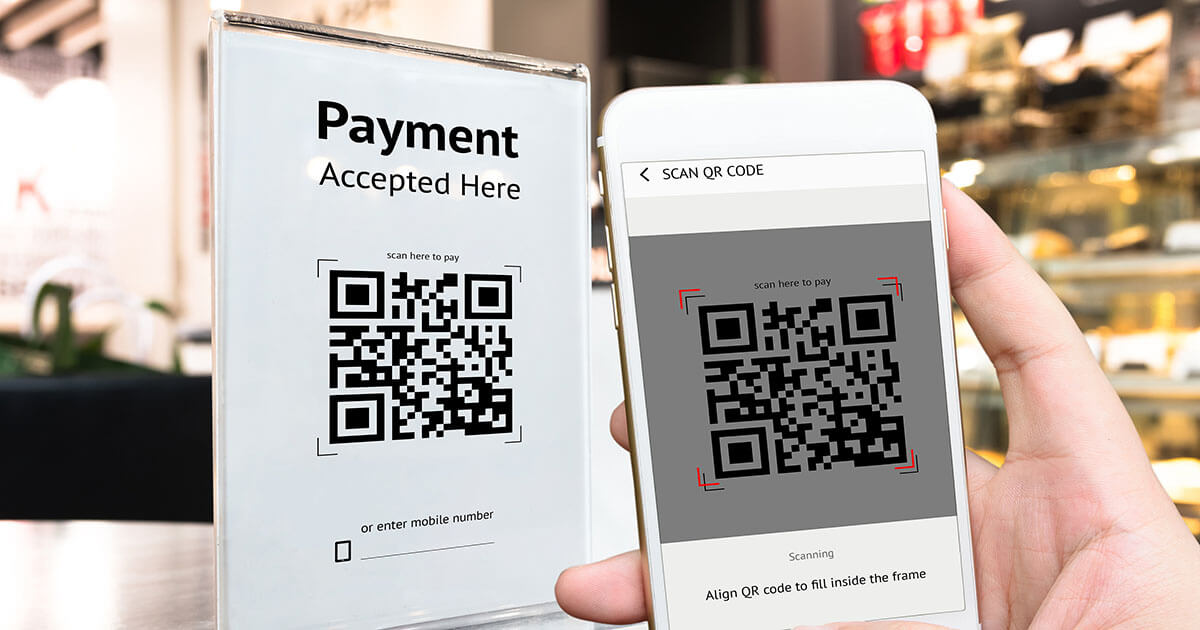Payment gateways that you should know about
If you’re offering paid goods or services online, you should be familiar with online payment services. Although the classic methods of online payment like debit and credit cards remain very important and can’t be forgotten, internet payment services are fast becoming a necessity in the modern world. And while these services usually come at a cost, they do offer two distinct advantages over conventional payment methods: Firstly, online payment systems can be integrated quickly and easily into existing web projects. Secondly, they offer customers increased security thanks to their immediate confirmation of payment and speedy payment transfers.
Customers trust online payment services, and having the option to pay through one when online shopping is increasingly becoming a decisive factor for many users. So who are the current providers and how do their services differ?
What are payment gateways exactly?
The basic principle of an online payment system is that the transaction doesn’t take place directly between a buyer and a seller. Instead, payment goes through a third party company. In this way, security is increased: the buyer only pays after having received the ordered goods, while the seller isn’t left sitting on an unpaid bill after having shipped the goods. The user doesn’t pay anything extra either – payment gateways make their money by taking a small percentage of the transfer received by the seller.
In most cases, the web shop or service provider has to start by opening an account with the corresponding payment gateway provider, in order to use their service. Registration can be done quickly, usually only requiring personal or business information and bank account details. As far as the online payment processing goes, there are three different options at present:
- The payment gateway account functions as a virtual bank account, with the buyer uploading money into it. When a purchase is made, the payment provider withdraws the corresponding amount from the customer’s virtual account and transfers it to the seller’s account.
- The buyer enters bank account details into the gateway service, which are then verified by the provider. After this has been done, payments can be automatically and directly withdrawn from the buyer’s personal bank account by the online payment service, before transferring the amount across to the seller.
- The payment gateway directs the buyer to their online banking service, where they can pay the respective sum via a bank transfer. In the meantime, the seller receives a payment guarantee from the respective bank.
It’s not just the popularity of these alternative online payment options that means companies involved in e-commerce should take them seriously. Good payment gateway providers, like the ones listed below, are secure and flexible – earning the trust of customers. This trust is then reflected onto the online shops which feature them, increasing the respectability of an online web presence. The following examples are three of the best-known and most trusted payment gateways available today.
PayPal
PayPal is the most famous example of an online payment service, with over 188 million customers worldwide. Originally developed as an exclusive concept for eBay, this payment gateway is widely available across America, as a payment option for giant online stores like Walmart, Best Buy, Sears, and countless more. In fact, PayPal’s own store directory has 1166 well-known featured stores to scroll through, with thousands more unlisted. PayPal has the option of acting as a virtual bank for users, allowing them to pay money into it in advance, as well as automatic withdrawals from bank accounts. And thanks to its app optimized for iOS, Android, and Windows phones, payment can be made easily when you’re on the move. The following features demonstrate why PayPal is so popular for desktop and mobile payments:
- Buyer and seller protection
- SMS security key
- Anonymous payments (seller has no access to buyer’s bank account details)
- Data encryption
For shopping customers, there are no additional costs to using PayPal whatsoever. Retailers pay a percentage commission, dependent on their monthly revenue, along with extra costs for overseas transactions.
Advantages: the market leader; apps optimized for mobile devices; high security standards; worldwide brand recognition
Stripe
Stripe is a relative newcomer to the online payment system scene, starting life in 2010 under the name /dev/payments. It became a big success very quickly, receiving multimillion dollar investments from many sources, including three original co-founders of PayPal. But unlike PayPal, Stripe is an integrated system, predominantly designed with programmers in mind. Web developers can add this online payment processing into their website coding without having to create and manage a Stripe account, meaning less external maintenance. As a result, Stripe has focused on making its software as quick and easy as possible to integrate. The features section of their website offers an instant installation test example for developers working with scripting languages curl, Ruby, Python, PHP, Java, Node, or Go. To further simplify life for web designers, Stripe has an attractive checkout design built in. It’s easy to use, is visually striking, and means that coders don’t need to spend time creating their own checkout function. Stripe focuses on global payments and has excellent storage functions for saving customer details like card numbers, making it perfect for subscription processing and other types of recurring payment. Here are Stripe’s features in summary:
- ‘Clean, composable, complete’ APIs
- Designed for developers with easy integration
- Simple but stylish built-in checkout design
- Scalable for businesses of all sizes
- Subscription APIs for recurring billing
- Global payments
- PCI Service Provider Level 1 certification for security
Stripe is designed to control your whole payment system, handling credit card and debit card payments as well as ACH and Bitcoin transfers. Its standard pricing structure takes a percentage cut of 2.9% per successful debit or credit card charge, plus an additional 30 cents. Fees are reported in real time, and big business enterprises can contact Stripe directly to negotiate better rates.
Advantages: designed for developers; handles all types of transaction; very secure; easy to integrate
Authorize.Net
Authorize.Net is a much more traditional payment gateway. Unlike Stripe, it functions over the internet using websites and IP addresses. This means there’s no software to install: the entire system relies on hosting through a browser. Authorize.Net has also been around a lot longer: founded in 1996, the online payment system was bought by CyberSource in 2007 for 565m USD. CyberSource was then taken over by Visa in 2010, making Authorize.Net a subsidiary of the globally recognized digital payment company. Authorize.Net features a Merchant Interface website login, where companies can manage all their transactions, reports, settings, and other accounts. It offers automated recurring billing as standard, along with its Advanced Fraud Detection Suite (AFDS) to help businesses feel secure while handling online transactions. The payment gateway has also recently announced a partnership with Apple Pay, allowing users to process any in-app payments directly when using iOS 8 apps.
Authorize.Net predominantly aims its product at small merchants. In the SMB Trust Index for the second quarter of 2016, Authorize.Net registered an NPS score of 45, placing it fourth on the ranking of most trusted tools for small to medium sized businesses, behind household names like WordPress, MailChimp, and Google. Here are some of its features:
- Browser-based hosting payment gateway
- No installation necessary
- Handling of all major and some alternative payment methods
- Free mobile app
- Free Verified Merchant Seal to build user confidence
- Advanced Fraud Detection System for heightened security
- Automated recurring billing
Authorize.Net offers a classic pricing structure for online payment services, operating at the same ‘percentage cut plus fee’ pricing level as Stripe. But they also have an additional one-time setup fee of 49 USD and a monthly gateway charge of 25 dollars.
Advantages: trusted brand; AFDS security; browser-operated with no installation
Online payment services - summary
PayPal is undoubtedly the market leader when it comes to internet payment gateways, making it essential to integrate it into your web project. But there are other alternatives, like the two listed above, that can be equally useful for e-commerce businesses. While some come with setup costs, others are also free – so it makes sense to trial them as an addition to your payment options. The most important thing to remember is that your customers trust these well-known online payment systems, so having one or two on board can really improve your chances of making conversions.








